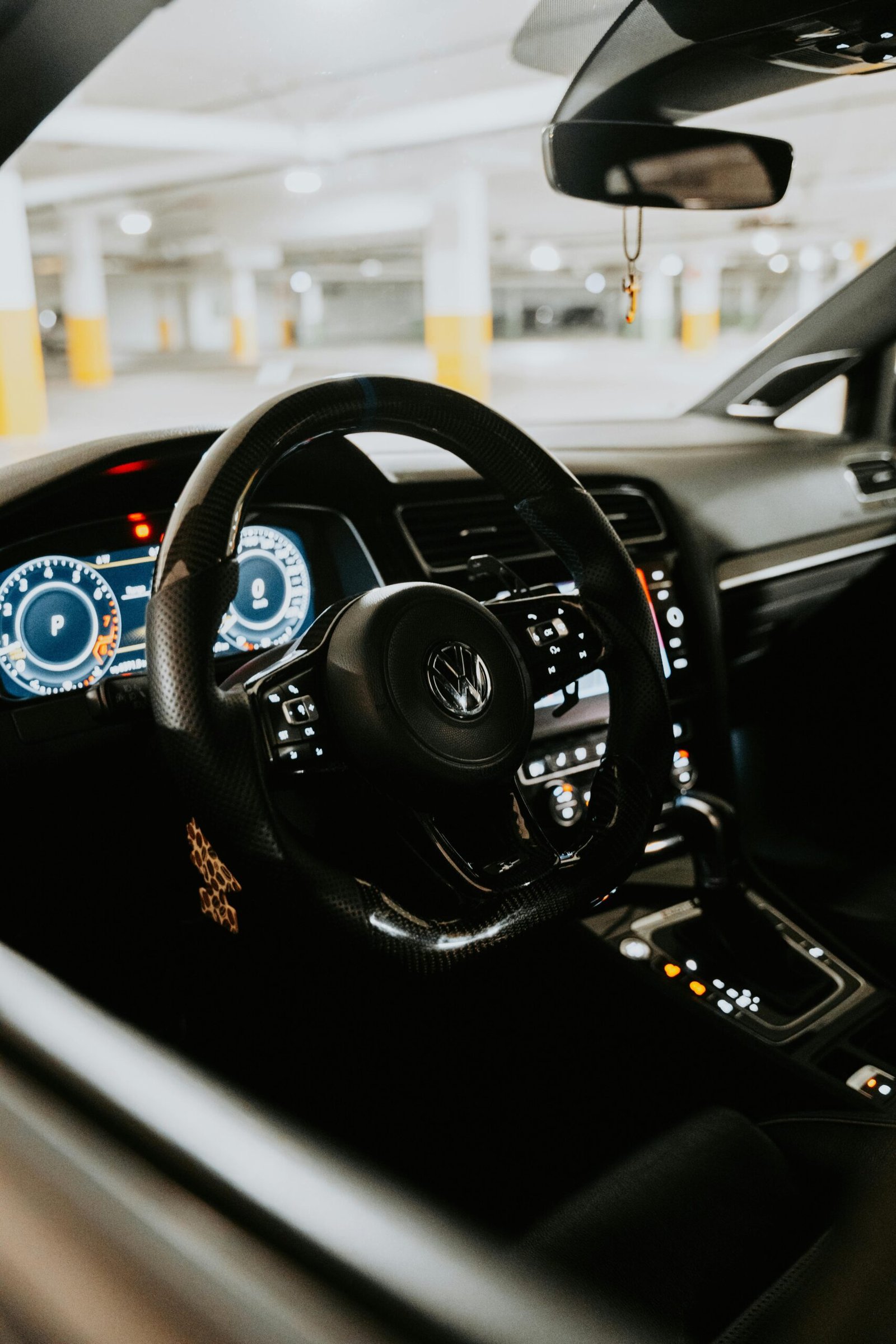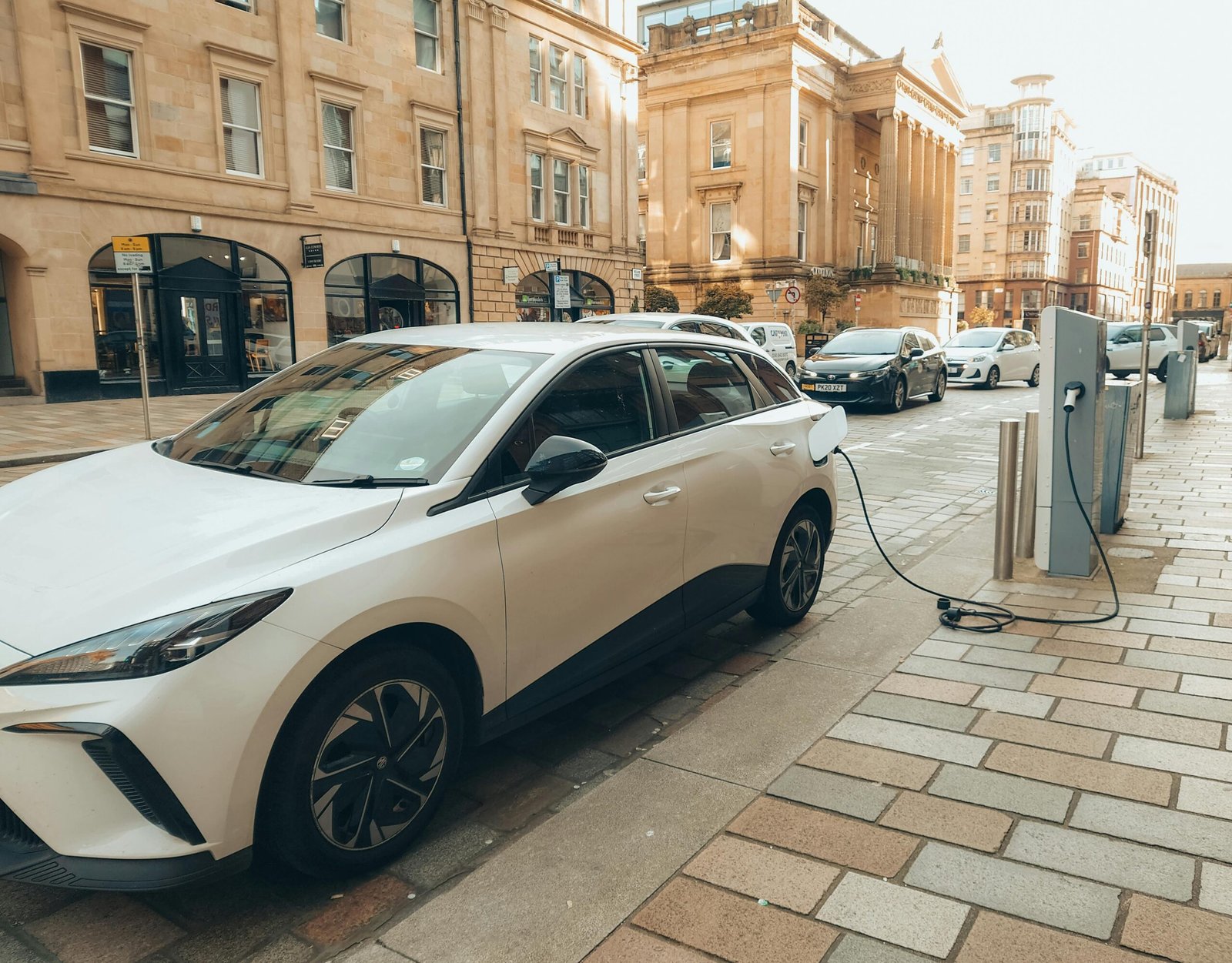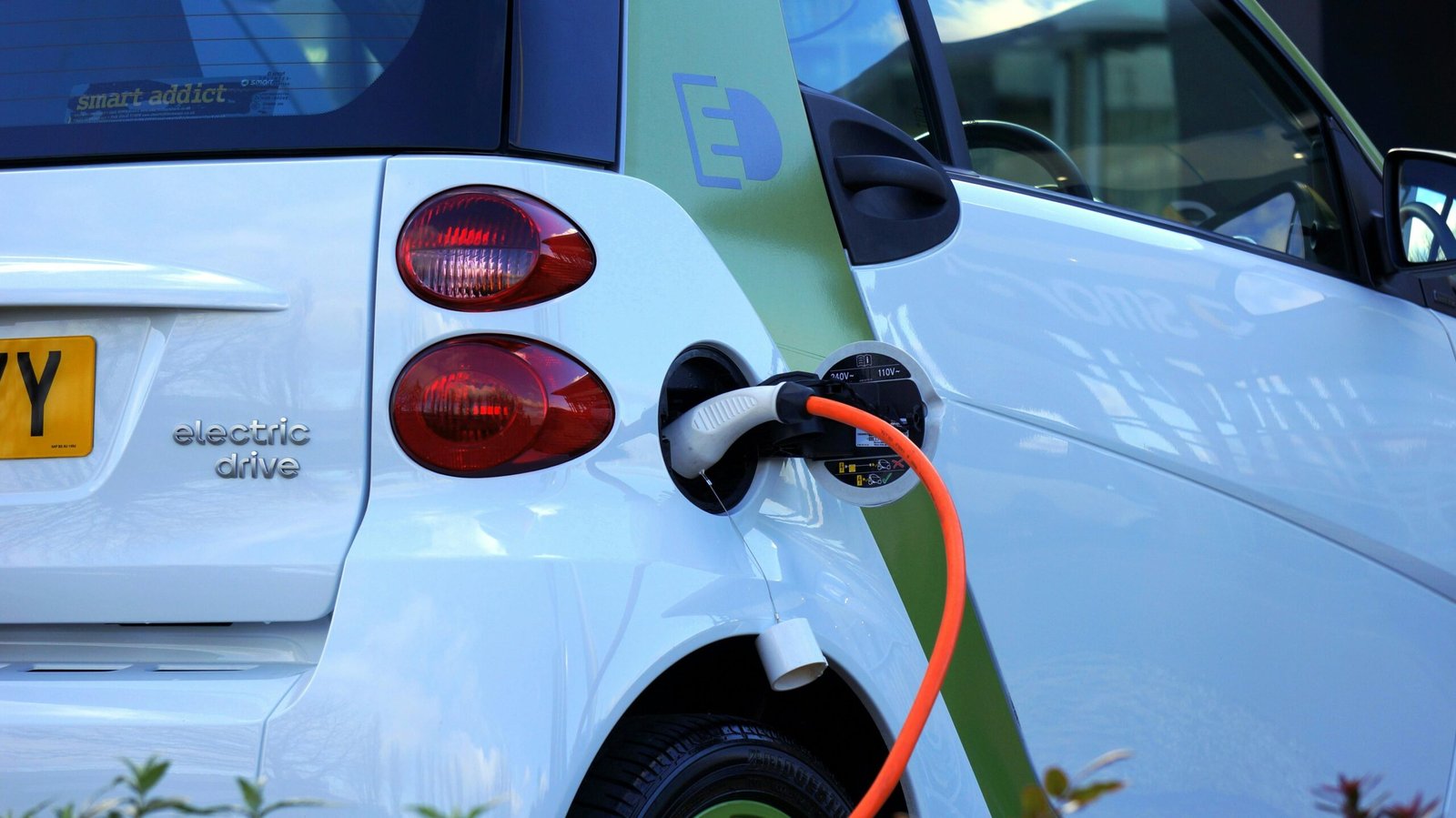When it comes to driving, safety is always a top priority. As technology continues to evolve, car manufacturers are introducing innovative features designed to protect you, your passengers, and even pedestrians. In 2025, we are seeing even more advanced safety features that not only prevent accidents but also make driving more convenient and secure.
In this guide, we’ll take a closer look at the top 5 car safety features you should know about for 2025. These features go beyond basic crash protection, ensuring that your car can anticipate hazards, respond to potential dangers, and provide a safer driving experience for everyone on the road.
1. Advanced Driver Assistance Systems (ADAS)
In 2025, ADAS has become one of the most common and valuable safety features found in new vehicles. These systems use cameras, sensors, and radar to assist the driver by providing real-time data and warnings about the vehicle’s surroundings.
What’s Included in ADAS:
- Adaptive Cruise Control (ACC): Automatically adjusts your car’s speed to maintain a safe distance from the vehicle ahead. It can even bring your car to a complete stop and resume speed in heavy traffic.
- Lane Departure Warning (LDW) and Lane Keeping Assist (LKA): Alerts you if your car is drifting out of its lane without signaling and can gently steer you back into the lane.
- Blind Spot Detection (BSD): Warns you if there’s a vehicle in your blind spot, reducing the chances of accidental lane changes.
- Rear Cross Traffic Alert (RCTA): Alerts you to oncoming vehicles or pedestrians when backing out of a parking spot.
Why It’s Important: These systems provide a combination of prevention and intervention, helping to avoid accidents and assist drivers in navigating challenging situations. As ADAS technology becomes more refined, it’s likely to play a huge role in reducing road accidents.
2. Automatic Emergency Braking (AEB)
Automatic Emergency Braking (AEB) is one of the most critical safety features available in 2025. It helps prevent collisions or reduce their severity by applying the brakes when a potential collision is detected.
How AEB Works:
- The system continuously scans the road for potential hazards, such as vehicles, pedestrians, and cyclists.
- If it detects a possible collision and you don’t react in time, the system will automatically apply the brakes to either prevent the collision or lessen its impact.
Why It’s Important: AEB is especially useful in preventing rear-end collisions, which are some of the most common types of accidents. In urban areas, where traffic is often heavy, AEB can be a lifesaver, providing an extra layer of protection when drivers may not have enough time to react.
3. 360-Degree Camera System
The 360-degree camera system offers a comprehensive view of your surroundings by using multiple cameras placed around the car. It’s like having an extra set of eyes that help you spot potential hazards and avoid accidents.
How It Works:
- The system uses cameras mounted at the front, rear, and sides of your car to create a bird’s-eye view of the area around your vehicle.
- The camera feeds are combined to display a full, real-time, high-definition view of everything surrounding your car on the infotainment screen.
Why It’s Important: Parking and maneuvering in tight spaces can be challenging, especially in busy urban areas or crowded parking lots. A 360-degree camera gives you better visibility and helps prevent collisions with objects or pedestrians that might be out of sight. This is especially important in situations like parallel parking, reversing out of parking spaces, or navigating through crowded areas.
4. Pedestrian Detection and Protection
As safety technology evolves, pedestrian detection has become a key feature in protecting not just the driver and passengers but also people walking or biking near the road. This feature uses advanced sensors and cameras to detect pedestrians in the vehicle’s path.
How Pedestrian Detection Works:
- The system uses cameras and radar sensors to detect pedestrians who are in the vehicle’s path, even at night or in low-light conditions.
- If the system identifies an imminent collision with a pedestrian, it will alert the driver and, if necessary, automatically apply the brakes to prevent an accident.
Why It’s Important: Pedestrian accidents are unfortunately common, especially in busy urban environments or areas with high foot traffic. Pedestrian detection significantly reduces the risk of injury or fatality by giving drivers an alert and, if necessary, taking emergency action.
5. Collision Mitigation and Crash Avoidance Systems
In 2025, collision mitigation and crash avoidance systems have taken car safety to the next level by using a combination of sensors, radar, and cameras to predict and prevent accidents before they happen. These systems aren’t just reactive but proactive in avoiding collisions entirely.
How These Systems Work:
- Front Collision Mitigation: If the system detects a potential frontal collision with another vehicle or obstacle, it can adjust the speed or steering of the car to avoid the crash or reduce the severity.
- Side Collision Mitigation: This system works by detecting vehicles approaching from the side and applying corrective measures if necessary to avoid a side-impact collision.
- Rear Collision Prevention: In some cases, the system can detect vehicles approaching from behind and apply brakes to prevent a rear-end collision.
Why It’s Important: These systems are a significant step forward in minimizing accidents that can result in injury or death. While traditional crash avoidance systems were limited to frontal collisions, modern systems are becoming more comprehensive, covering side impacts, rear-end crashes, and even collisions with stationary objects.
Conclusion: Why These Safety Features Matter in 2025
As car technology advances, these innovative safety features are becoming standard in many vehicles, not just high-end luxury models. With more advanced sensors, radar, and cameras, cars in 2025 are becoming smarter, safer, and more responsive to potential dangers on the road.
These features are not only about preventing accidents but also about making driving easier and more convenient, from automatically adjusting your speed to providing a 360-degree view of your surroundings. As more automakers integrate these features into their vehicles, we can expect a reduction in road accidents and fatalities, leading to a safer driving experience for everyone.
FAQs
1. Are these car safety features available in all vehicles?
No, not all vehicles come with these advanced safety features as standard. However, many automakers are now offering them as standard or optional upgrades, especially in mid- to high-end models.
2. Do I need to pay extra for these features?
It depends on the make and model of the car. Some manufacturers offer these features in base models, while others may bundle them in premium packages or higher trim levels.
3. Can these features replace safe driving?
No, these features are designed to assist drivers, not replace them. It’s still crucial to drive attentively and responsibly, as these systems can only do so much to prevent accidents.
4. How much do these safety features improve crash survival rates?
While exact statistics vary, studies have shown that systems like AEB and collision mitigation significantly reduce the likelihood of crashes and injuries. For instance, AEB alone has been shown to reduce rear-end collisions by over 40%.
5. Will these systems work in all weather conditions?
Most of these systems are designed to work in various conditions, but their effectiveness can be affected by extreme weather such as heavy snow or fog, which may block sensors or cameras. It’s important to ensure your vehicle’s sensors and cameras are clean and unobstructed for optimal performance.




